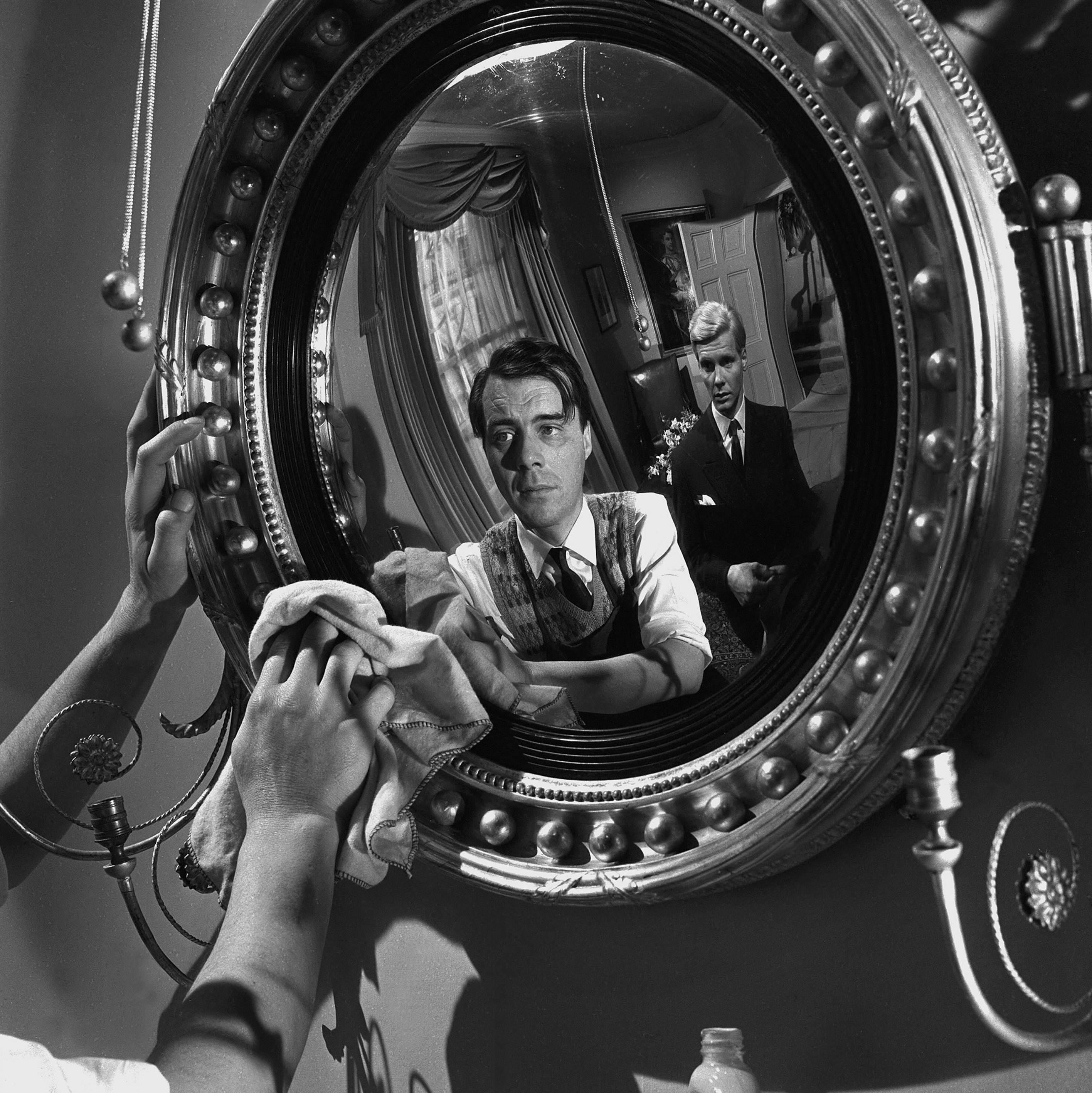
Cinema owners are worried that they might be going the same way. After all, as attendances at Wellington rugby matches indicate, if you can watch something in high definition in a warm lounge, why leave the house?
But there is still one oasis where the big-screen experience — the communal big-screen experience — is supreme. A place where you can watch great films with hundreds of others around you, not dozens; where the finest examples of the defining art form of the modern age are showcased the way they were meant to be seen and where — gosh darn it — films are sometimes still screened on actual film.
Which is a hyperbolic way to entreat you to renew your membership of the Wellington Film Society (or even join if you are one of those recalcitrants who ignores my entreaties every year). On 2 March, the society’s weekly Monday night get-togethers recommence with a special 35mm screening of Cronenberg’s A History of Violence, and then continue — interrupted only by public holidays and the New Zealand International Film Festival — until 30 November, when the Paramount Theatre vault is raided once again for the delightful Aunt Julia and the Scriptwriter, based on the novel by Mario Vargas Llosa.
In between, you’ll be witness to Kiwi microbudget films I’m Not Harry Jenson and Fantail, a special Anzac-week screening of All Quiet on the Western Front, rarely seen British farming documentary The Moo Man, modern classics like Abu-Assad’s Omar (2013) and Mungiu’s Beyond the Hills (this reviewer’s second favourite film of 2012), and a documentary about the loss and rediscovery of Méliès’ 1902 A Trip to the Moon, followed by the film itself. Personally, I am looking forward to catching Chinese thriller Black Coal, Thin Ice after the screening I was booked for at last year’s film festival was aborted because of subtitle problems.
But the two great centrepieces of this year’s programme are the retrospectives — a chance to survey three films each by some of the greatest auteurs who ever called “Cut!” I have been lobbying film festival director Bill Gosden for a Satyajit Ray retrospective for years and am pleased that, if room can’t be found in the July event, three of his films screen here: The Big City and The Lonely Wife from the 1960s, and The Elephant God from 1979.
American expat director Joseph Losey’s three collaborations with writer Harold Pinter screen in July and August: The Servant, which stars Dirk Bogarde as a mysterious and ambitious butler slowly taking control of his ineffectual upper-class master (James Fox); classic mid-life crisis movie Accident (also starring Bogarde); and the masterpiece The Go-Between, which stars Alan Bates and Julie Christie as class-crossed lovers in Edwardian England.
Finally, although earliest in the programme, there are three examples of the singular talent of Douglas Sirk: All That Heaven Allows, The Tarnished Angels (both starring Rock Hudson) and the rarely seen A Time to Love and a Time to Die.
Also in February

The Theory of Everything — 5 Feb Former Wellingtonian Anthony McCarten wrote this adaptation of Jane Hawking’s memoir of her life with physicist Stephen.

Inherent Vice — 19 Feb There Will Be Blood director P.T. Anderson adapts the famous novel by the reclusive Thomas Pynchon, starring Joaquin Phoenix, Reese Witherspoon and Josh Brolin.

Blackhat — 26 Feb Michael Mann’s first film since gangster film Public Enemies in 2009, this is a plucked-from-the-headlines thriller about cyber criminals and digital terrorism




